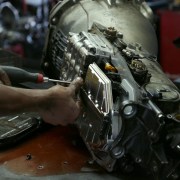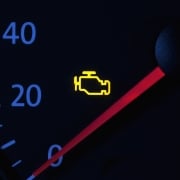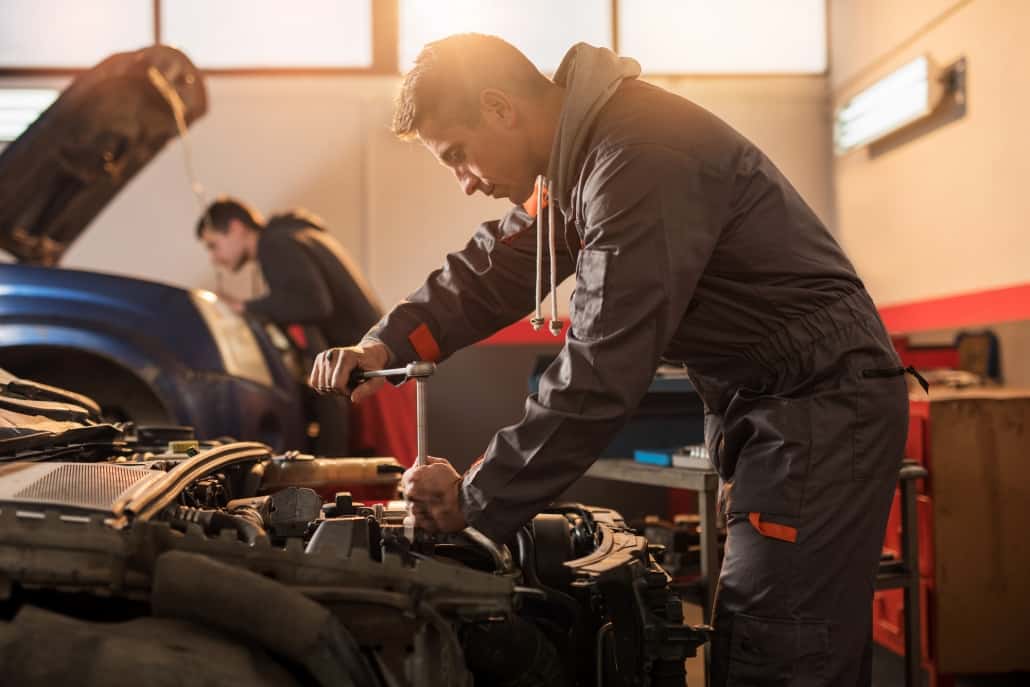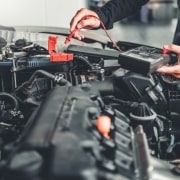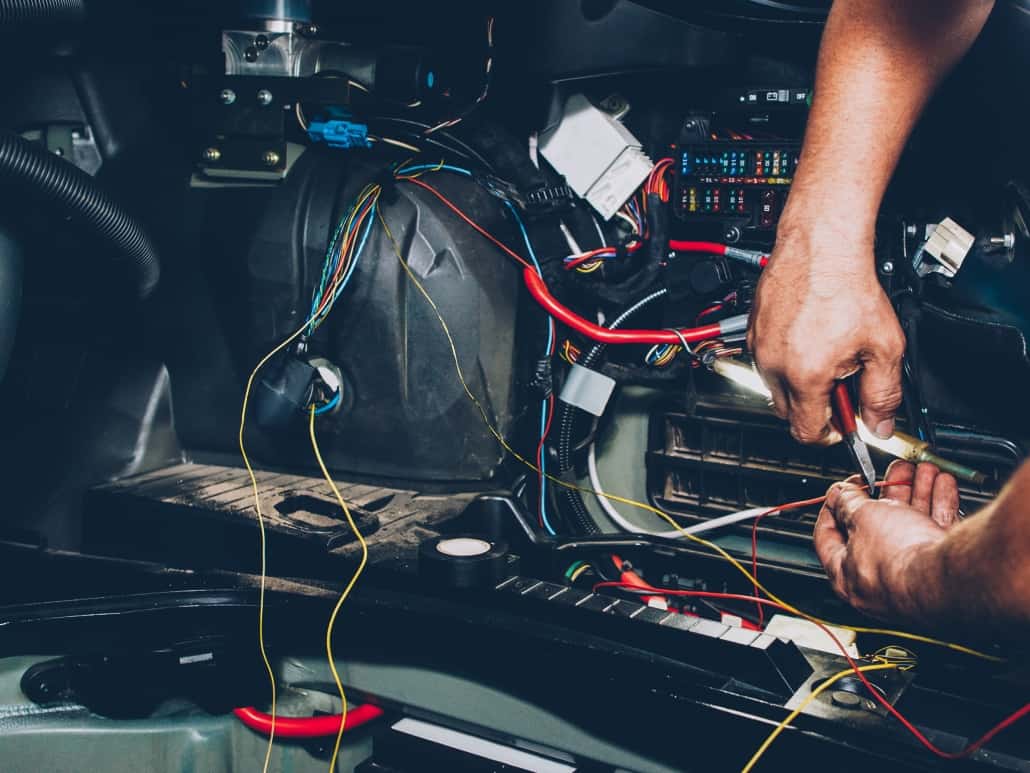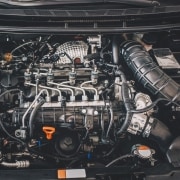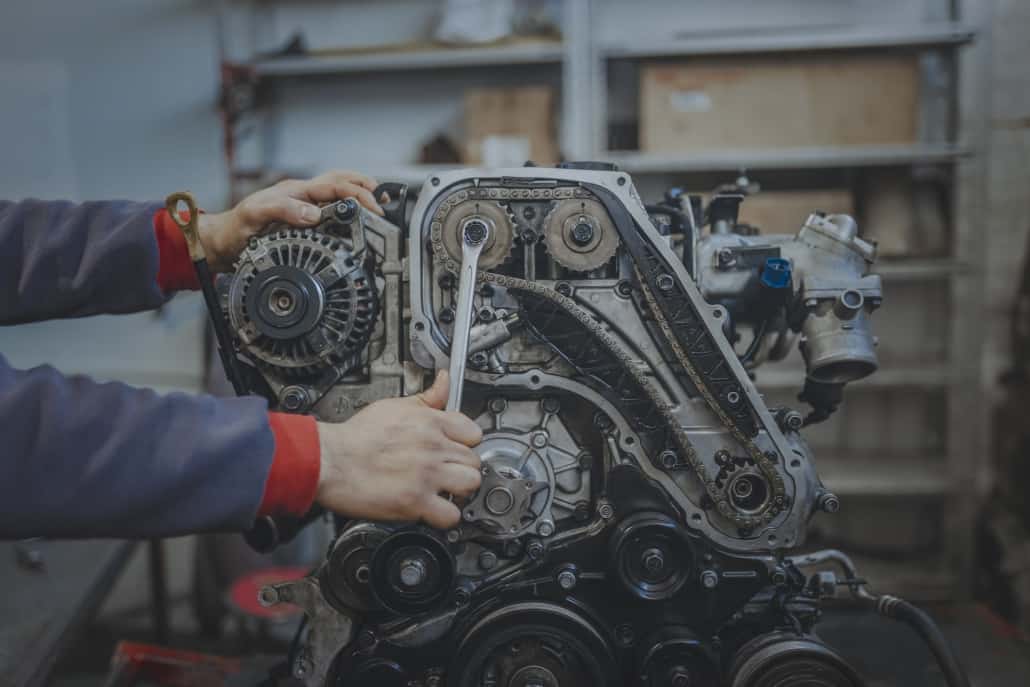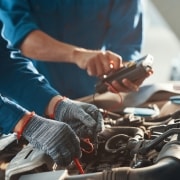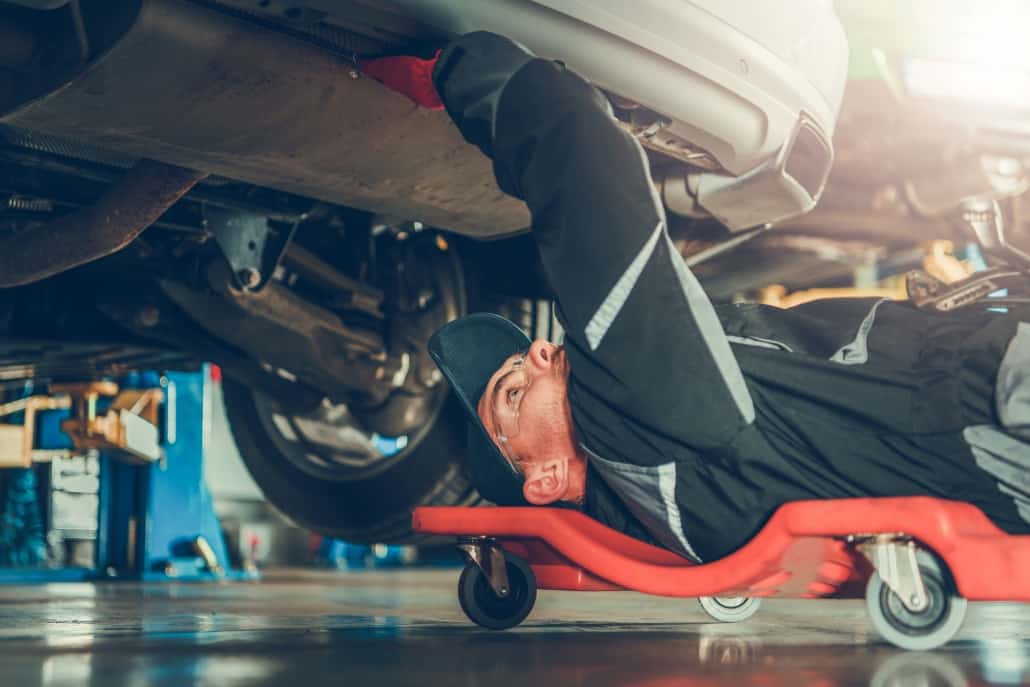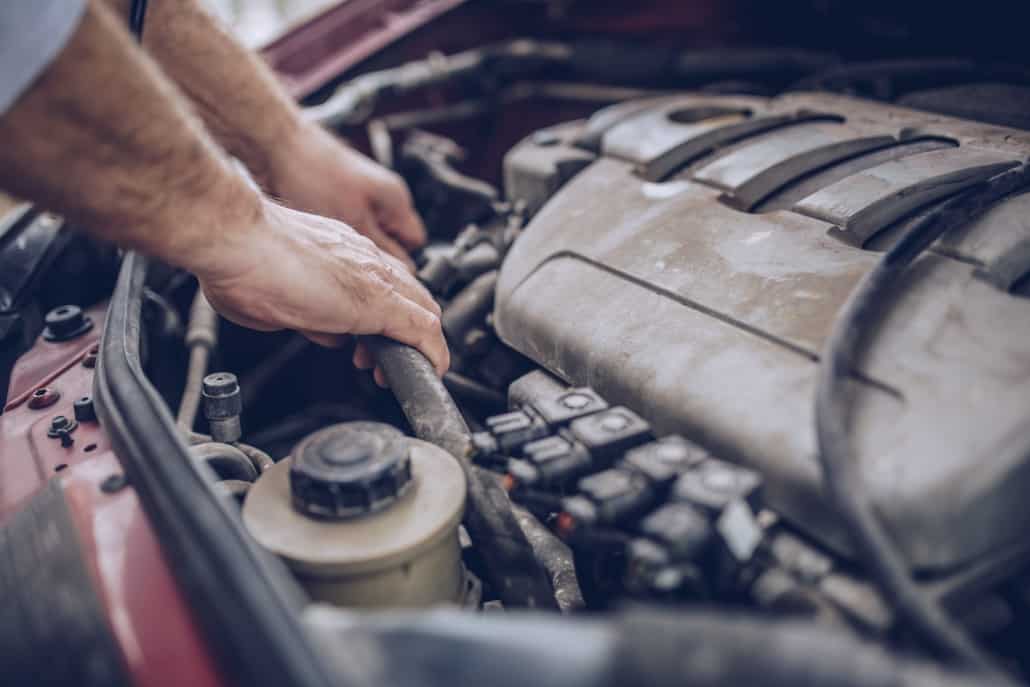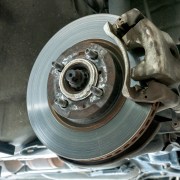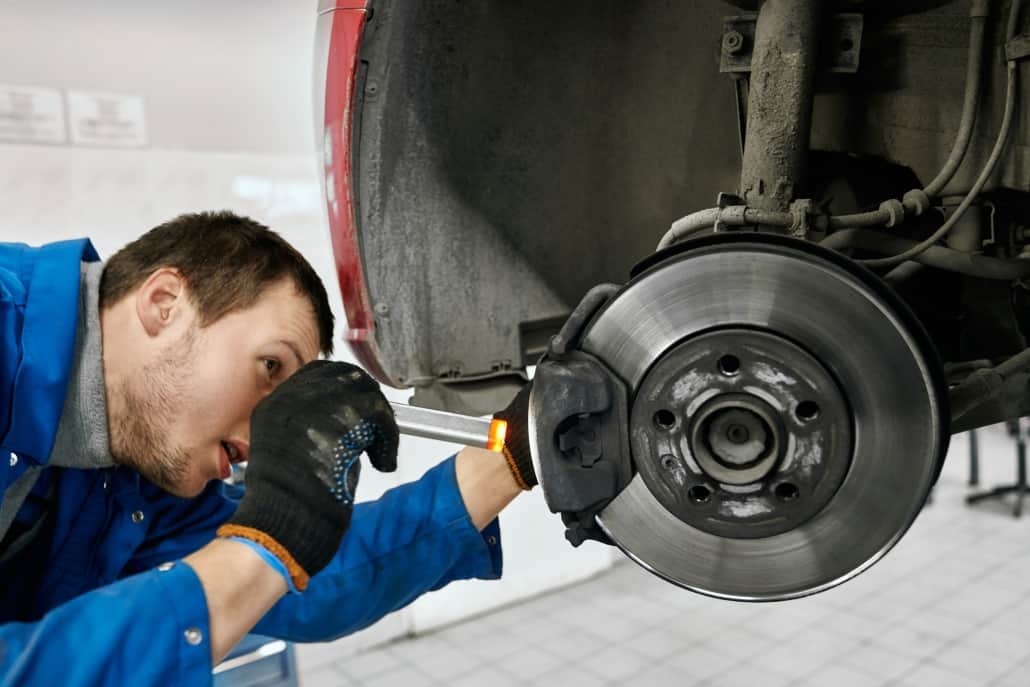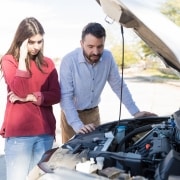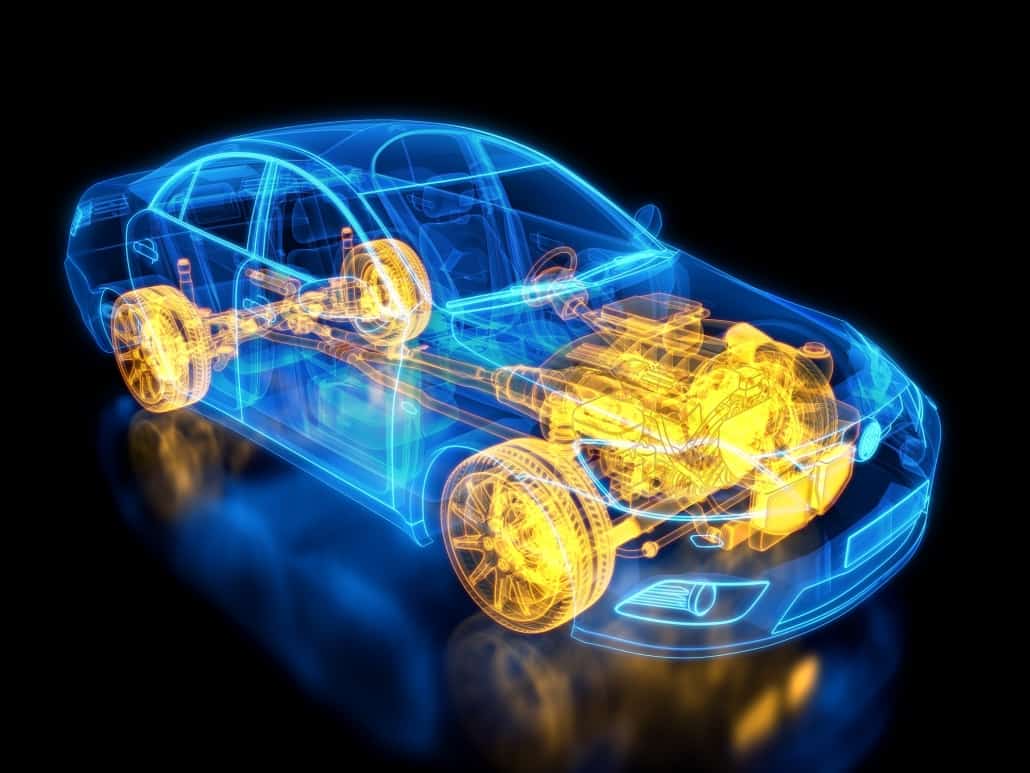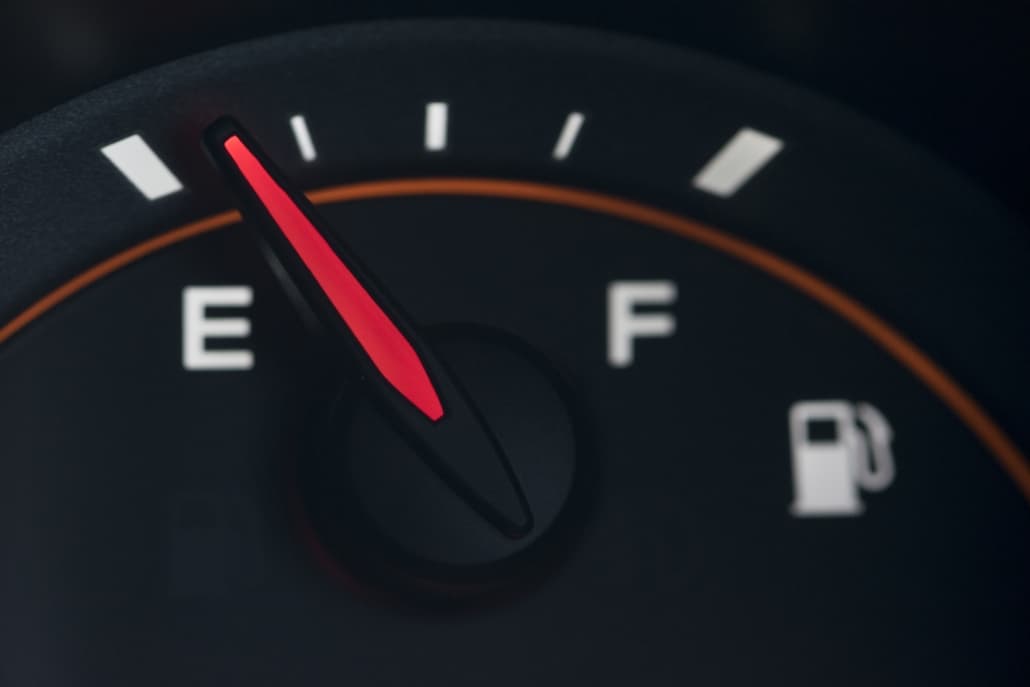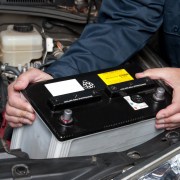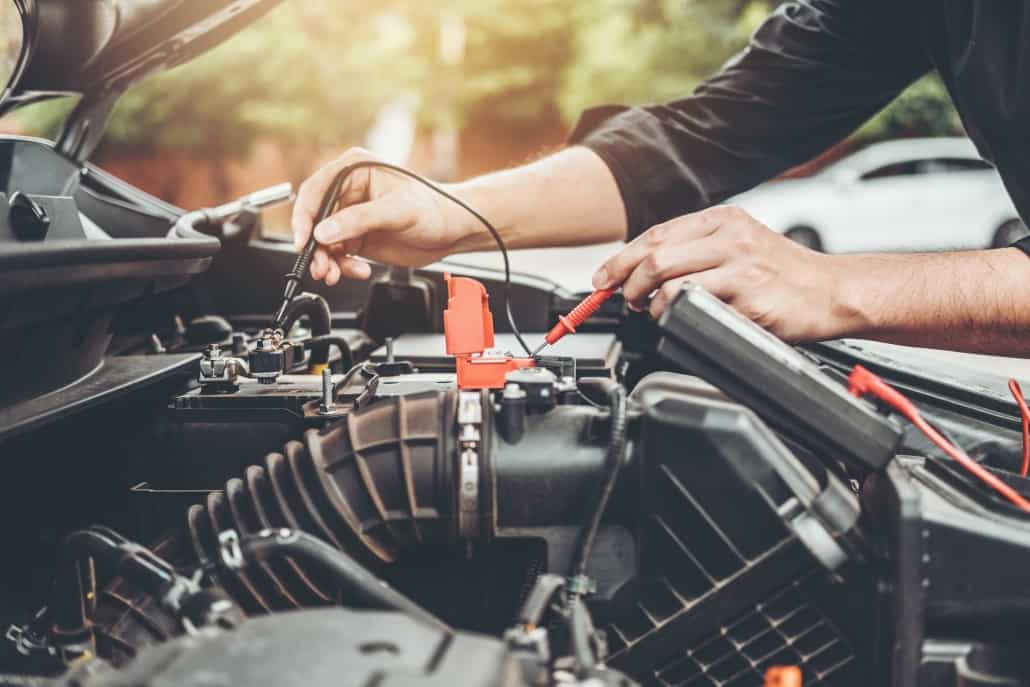Transmission Repair or Replacement: Which is Right for You?
A vehicle’s transmission is in charge of transferring power from the engine to the wheels of the car. As one of the most complex parts of an automobile, however, any issue with the transmission can be very expensive to fix. If you’ve been told that your car or truck’s transmission needs repair, you may find yourself asking if it’s worth it to simply replace the entire transmission instead. Choosing between car transmission repair or replacement can come down to several different factors. Regardless of your choice, you’ll want to make sure that you work with a trustworthy source for auto repair and car transmission services in Orange, such as Citywide Auto Care.
The first instinct with transmission issues is to try and repair them, of course. Repairs are typically less expensive than replacement and are a faster solution. By choosing to repair your transmission, you can have your automobile back sooner and generally at a lower cost. However, there are factors that can push you towards wanting to replace your transmission instead.
The first reason is if your vehicle’s transmission has been a consistent issue. If your current transmission has been giving you problems even after being repaired once, it’s typically a signal that there will be more problems to come in the future. If you end up having to undergo car transmission repair in Orange multiple times, the costs will inevitably add up. In the long run, it may be better to start over with a new transmission rather than trying to salvage your old one.
Another reason to replace your transmission is if it is older and on the verge of complete failure. If your transmission needs repairs and the car has more than 100,000 miles on it, it is probably time to replace it entirely. If you choose to repair it in this instance, you may end up suffering a complete transmission failure afterward and be forced to replace it anyway.
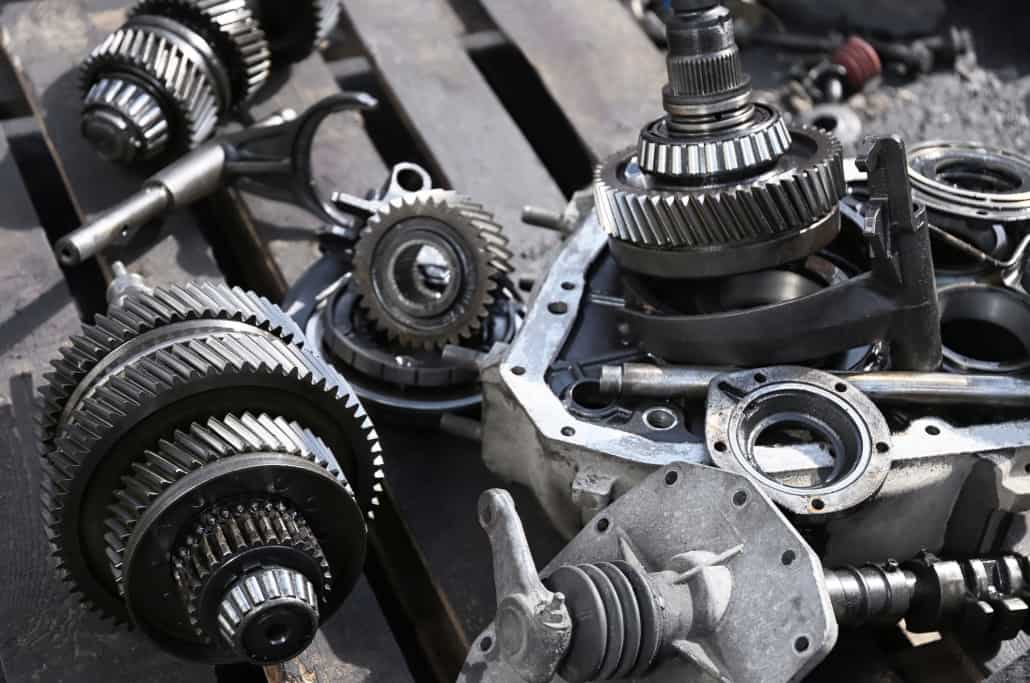
Lastly, while transmission repair in Orange is typically cheaper than having a full replacement, there are exceptions. The cost of transmission repair can vary from anywhere from $1500 for minor repairs all the way up to $4000 for a complete rebuild. If your problem is a minor one, it will likely be better to opt for repairs. If it would be cheaper to just get a new transmission, however, there isn’t much reason not to do so.
If you need a trustworthy source for car transmission repair in Orange, you can put your faith in Citywide Auto Care. Since 2002, we’ve been performing transmission repair for Orange automobile owners, using the latest in automotive repair techniques and tools. All of our technicians are certified by the National Institute for Automotive Service Excellence, ensuring their credibility and professionalism, and we strive to treat every customer like family. If you’d like to learn more about our car transmission repair services or any other automotive repair services we offer, call us today at (714) 633-4211.

